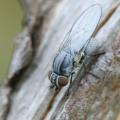Diptera.info :: Identification queries :: Diptera (adults)
Who is here? 1 guest(s)
|
Tiny predator flies from Japan
|
|
| Xespok |
Posted on 30-07-2005 11:59
|
|
Member Location: Debrecen, Hungary Posts: 5551 Joined: 02.03.05 |
This one caught an Aphid?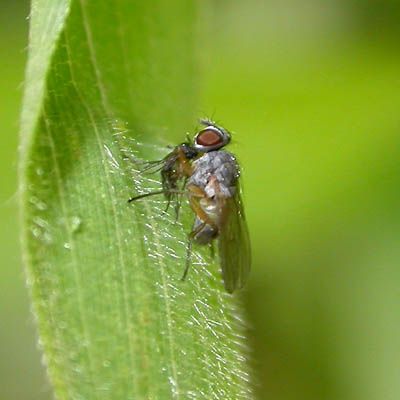 |
| Xespok |
Posted on 30-07-2005 12:00
|
|
Member Location: Debrecen, Hungary Posts: 5551 Joined: 02.03.05 |
Another vire of the same fly without the prey.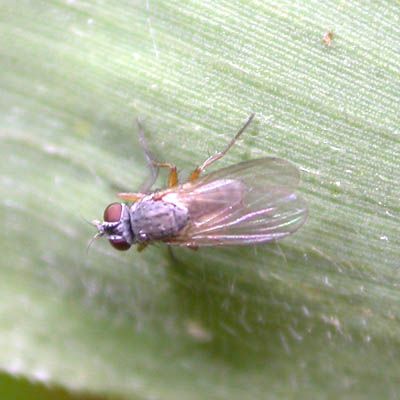 |
| Xespok |
Posted on 30-07-2005 12:02
|
|
Member Location: Debrecen, Hungary Posts: 5551 Joined: 02.03.05 |
This one caught a smaller diptera (A Lauxaniidae?)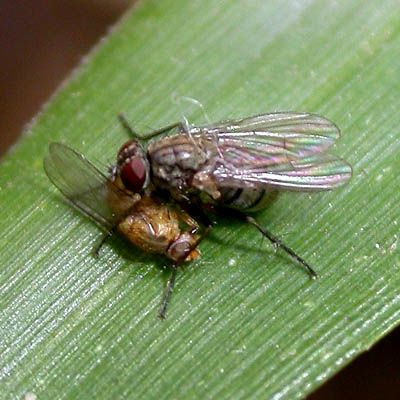 |
| Xespok |
Posted on 30-07-2005 12:03
|
|
Member Location: Debrecen, Hungary Posts: 5551 Joined: 02.03.05 |
The same fly wihout the prey.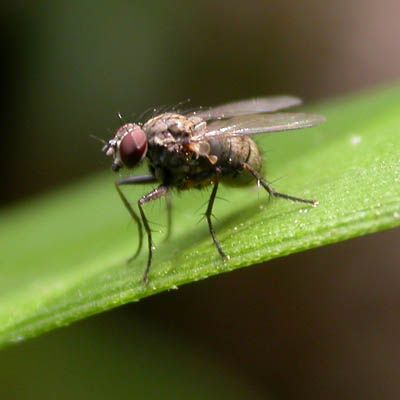 |
| Xespok |
Posted on 02-08-2005 11:31
|
|
Member Location: Debrecen, Hungary Posts: 5551 Joined: 02.03.05 |
I forgot to ask the question here. I though that only Dolichopodidae are predators in this size range. However, none of these flies looks like a Dolichopodidae. What family do these flies belong to? |
| Paul Beuk |
Posted on 02-08-2005 18:04
|
|
Super Administrator Location: Netherlands Posts: 19403 Joined: 11.05.04 |
They are Muscidae or Anthomyiidae. There are predators in these families as well. Maybe Kahis can fill you in on those.
Paul - - - - Paul Beuk on https://diptera.info |
| Kahis |
Posted on 02-08-2005 20:24
|
|
Member Location: Helsinki, Finland Posts: 1999 Joined: 02.09.04 |
Me? But but but ... I'm no muscid man  Having said the truth, I am now free to speculate  My vote goes to Coenosia, or at least tribe Coenosiini of Muscidae. This genus holds the smallest muscids and some species are extremely common on meadows and among grass on shores. Little is known about the lifestyle of adults, but at least some species are predatory. Coenosia females are often much darker than males and it is sometimes difficult to associate males and females of the same species. My vote goes to Coenosia, or at least tribe Coenosiini of Muscidae. This genus holds the smallest muscids and some species are extremely common on meadows and among grass on shores. Little is known about the lifestyle of adults, but at least some species are predatory. Coenosia females are often much darker than males and it is sometimes difficult to associate males and females of the same species.I think the small yellow fly in the 3rd pic is a chloropid. Jere |
| Jump to Forum: |









